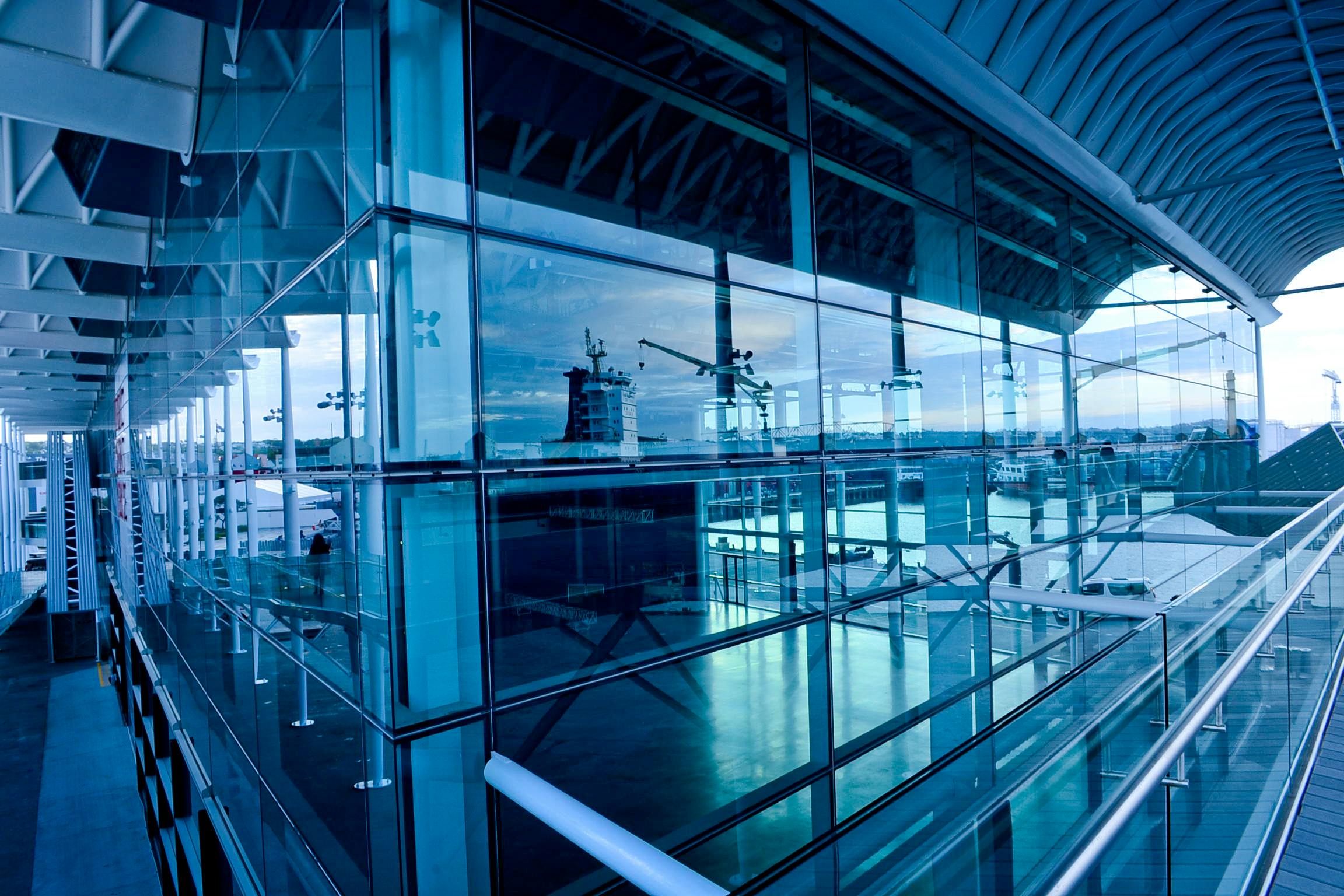PCB Stiffener Be Added to a Multi-Layer PCB
PCBs are made up of a solid substrate on which various components are affixed and connected via races to create the circuit. This solid, unbending structure is the result of decades of manufacturing techniques. As the world moves further into advanced electronics, however, it’s possible for manufacturers to build flex and rigid-flex PCBs that are capable of bending without damage. But for this type of flexibility to work, there are some areas where stiffeners are needed to provide the necessary structural support.
A stiffener is a localized area of the PCB that adds mechanical strength and thickness. The stiffener can be made of a number of materials, including FR-4 and polyimide. The specific material chosen will depend on the requirements of the application. Generally, stiffeners are used to add stiffness in areas of the board that require high rigidity or to meet strict thickness requirements for zero insertion force (ZIF) connectors.
The most common way that a stiffener is attached to a flex or rigid-flex PCB is through pressure sensitive adhesives or thermal bonding. Both methods have advantages and disadvantages, so the choice of which to use will depend on the design and application environment. Thermal bonding provides a stronger, more mechanical connection and is appropriate for applications that need to withstand high levels of stress or harsh environments. PSA, on the other hand, is a simpler and more cost-effective option that is suitable for some light-stress applications and removable products.

Can a PCB Stiffener Be Added to a Multi-Layer PCB?
In addition to adding rigidity, a stiffener can help to prevent vibrations throughout the board. This is especially important when the board needs to lie flat during the reflow and pick and place processes. Stiffeners can also be used to fulfill thickness requirements for ZIF connectors or to provide support against bending in specific areas of the board.
Ultimately, the primary purpose of a pcb stiffener is to improve performance. Stiffeners can reduce vibrations that can damage components and cause the board to fail. They can also strengthen the board, allowing it to hold up to the stresses of handling and use, extending its lifespan and making it more reliable.
So, can a PCB stiffener be added to a multi-layer board? The answer is yes, but it’s crucial to choose the right stiffener for your project. Look for a fabricator that offers a variety of options and uses the latest technologies in the fabrication process. Check out their profiles to see what they have to offer, and don’t hesitate to ask your manufacturer for help choosing the best stiffener for your unique needs.
If you’re considering working with a new fabricator, you should be sure to ask about their quality management systems certifications and whether they have state-of-the-art equipment to ensure that they’ll be able to adapt quickly to the demands of future technology and changing applications. They should have the pedigree, resources, and capacity to produce quality PCB stiffeners that are right for your project. This way, you’ll be able to enjoy the benefits of this innovative technology without any concerns.


